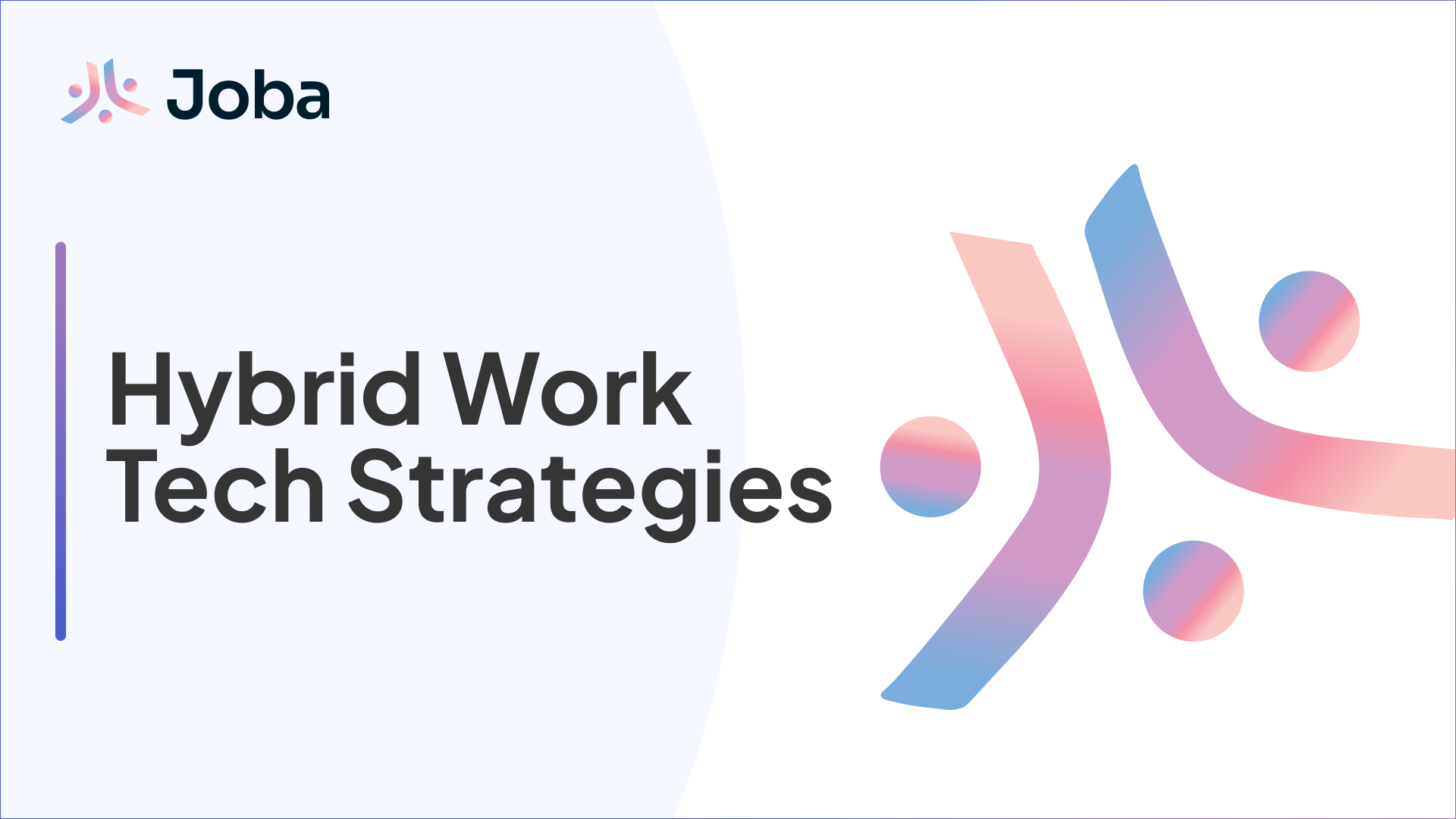Mastering the Hybrid Work Era: Tech Strategies for Seamless Operations

In a world that's constantly evolving, the way we work has undergone a profound transformation. The concept of a traditional office environment has given way to a more flexible and dynamic approach known as the hybrid work era. This paradigm shift has been accelerated by advancements in technology, enabling organizations to seamlessly blend remote and in-office work. In this extensive article, we will delve into the strategies and technologies that businesses can leverage to master the hybrid work era and ensure seamless operations.
The Hybrid Work Era Unveiled
Embracing a New Work Model
The hybrid work model represents a departure from the conventional 9-to-5 office routine. It offers employees the freedom to work from both office and remote locations, promoting a balanced work-life equation.
Benefits of Embracing Hybrid Work
1. Enhanced Flexibility
One of the primary advantages of the hybrid work era is the flexibility it affords employees. They can choose where and when to work, accommodating their unique needs and preferences. This newfound flexibility fosters a more accommodating work culture, enabling individuals to strike a balance between their professional and personal lives.
2. Access to Global Talent
By adopting a hybrid model, companies can tap into a diverse pool of talent from around the world. Geography is no longer a barrier to recruiting top-notch professionals. This shift in perspective allows businesses to assemble teams with a global perspective, fostering creativity and innovation.
3. Cost-Efficiency
Reduced office space requirements translate into significant cost savings. This financial flexibility allows companies to allocate resources more strategically. These savings can be reinvested in technology and employee initiatives, further enhancing the organization's competitiveness.
Navigating Challenges
1. Communication Hurdles
Balancing remote and in-office communication can be challenging. Employers must invest in tools and practices that ensure seamless connectivity. Effective communication fosters collaboration and teamwork, ensuring that projects progress smoothly, irrespective of the location of team members.
2. Data Security
With data dispersed across various locations, safeguarding sensitive information becomes paramount. Robust cybersecurity measures are essential to protect valuable data from potential threats. A breach in security could have severe consequences, making it crucial for organizations to prioritize data protection strategies.
Leveraging Technology for Success
Collaboration Tools
1. Video Conferencing Solutions
Video conferencing tools bridge the gap between remote and in-office teams. They enable virtual face-to-face meetings, enhancing collaboration. The ability to see and interact with colleagues in real time fosters a sense of togetherness, even when working from disparate locations.
2. Project Management Software
Project management software keeps tasks organized, even in a hybrid work setting. Teams can track progress, set milestones, and collaborate efficiently. These tools offer visibility into project timelines, ensuring that everyone is aligned and contributing to the collective goals of the organization.
Cloud Computing
1. Scalability and Accessibility
Cloud computing offers scalability, allowing companies to adjust resources as needed. Data stored in the cloud is accessible from anywhere, ensuring productivity. This scalability ensures that organizations can scale up or down swiftly in response to market dynamics, optimizing resource allocation.
2. Data Security
Cloud providers prioritize security, offering robust encryption and backup solutions. This minimizes the risk of data breaches and loss. Companies can benefit from the expertise of cloud service providers in maintaining data security, allowing them to focus on their core operations.
Employee Wellbeing
1. Mental Health Support
Remote work can be isolating, affecting employees' mental health. Employers should provide resources and support to promote well-being. Offering access to counseling services, stress management programs, and mental health days can contribute to a healthier and happier workforce.
2. Flexibility
Allowing employees to set their work hours fosters a sense of autonomy and reduces burnout, contributing to overall job satisfaction. Flexibility can be a powerful tool in attracting and retaining top talent. It enables employees to align their work schedules with their peak productivity hours, resulting in enhanced performance.
The hybrid work era is not just a trend; it's a fundamental shift in the way we work. To master this new paradigm, organizations must invest in the right technology strategies and prioritize their employees' well-being. By doing so, they can harness the benefits of flexibility, access to global talent, and cost-efficiency while overcoming communication challenges and ensuring data security.
In this era of change, adaptability and innovation are key. Businesses that embrace the hybrid work model and implement these tech strategies will be better positioned to thrive in the ever-evolving landscape of work.
With the right tools and a commitment to employee welfare, the future of work is indeed seamless and promising.
Are you ready to revolutionize your approach to work in the hybrid era? Join Joba Network today and unlock a world of opportunities and resources to thrive in this new work landscape. Discover your path to success now.
Frequently asked questions
No, some industries like health care and manufacturing require physical presence. But many fields, especially in tech and marketing, are well-suited for remote work.
Not necessarily. Many remote jobs offer competitive salaries and benefits.
There are various job boards dedicated to remote work, such as We Work Remotely and Remote OK.
The key is to set a routine, create a dedicated workspace, and use productivity tools to stay on track.
Tools like Slack, Zoom, and Asana are invaluable for remote work, aiding in communication and project management.




